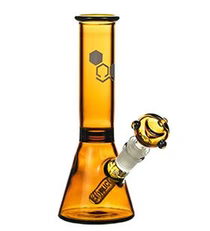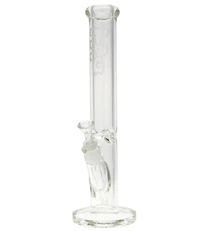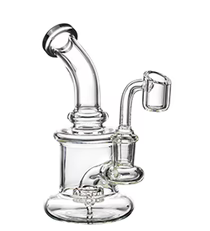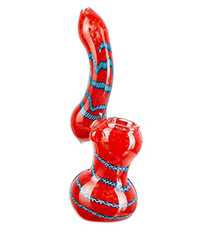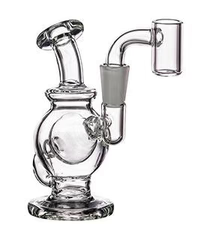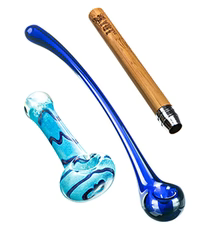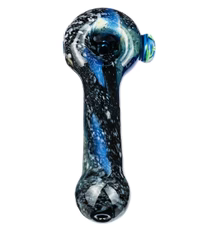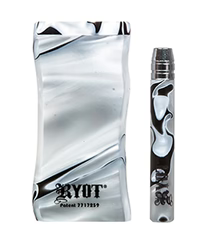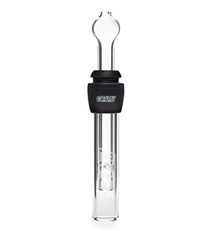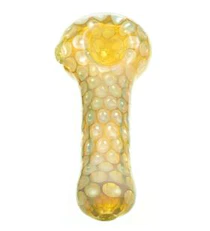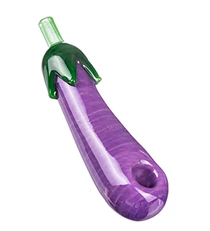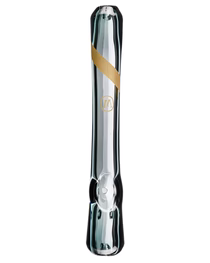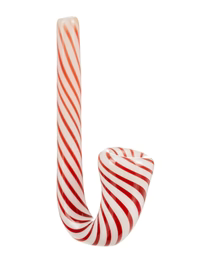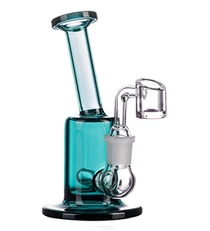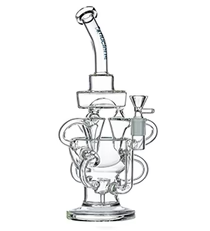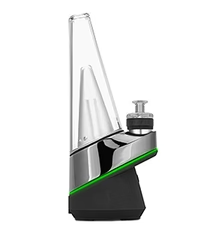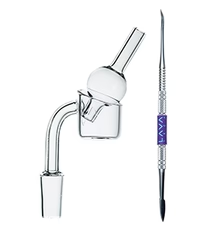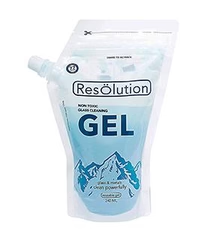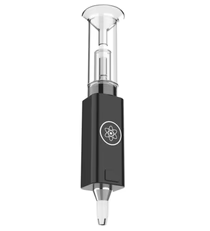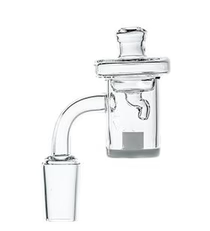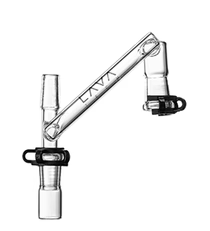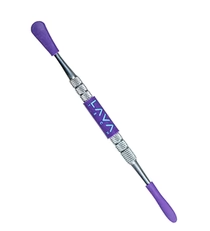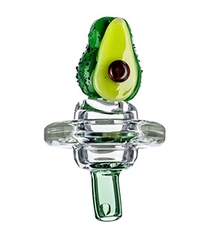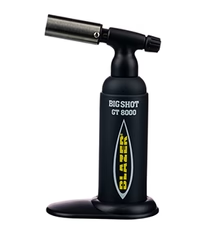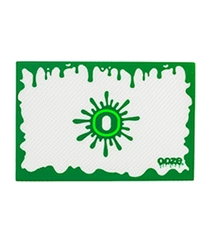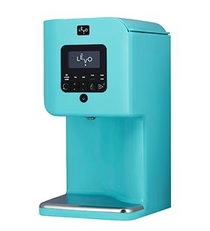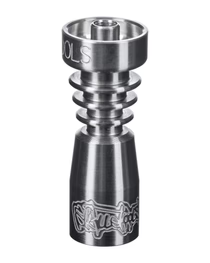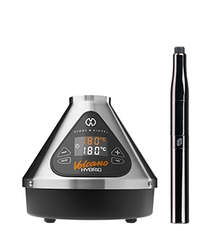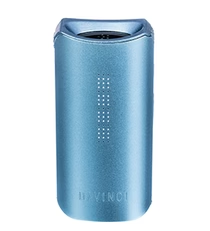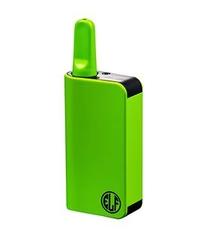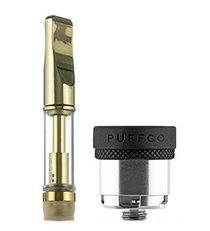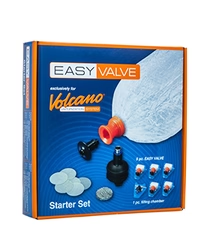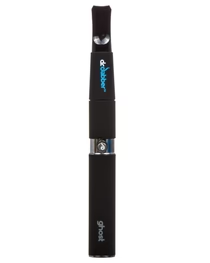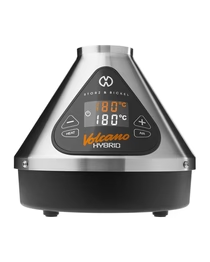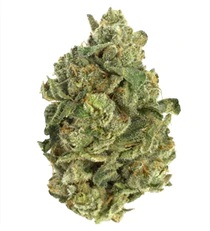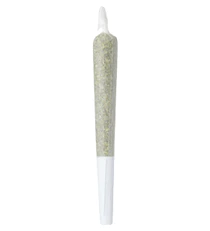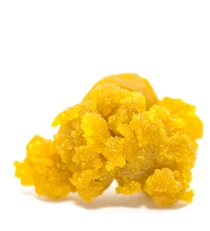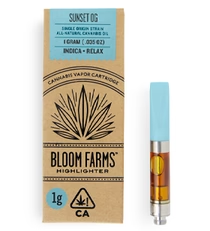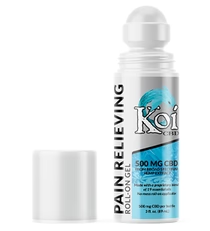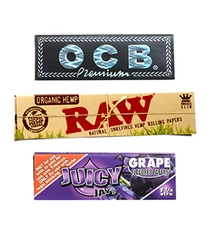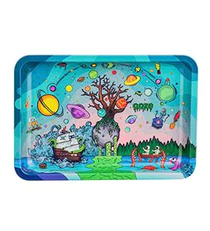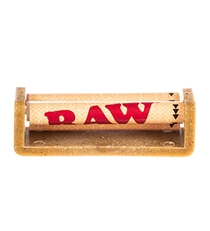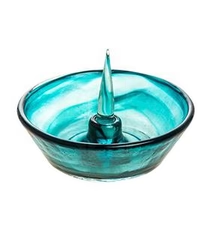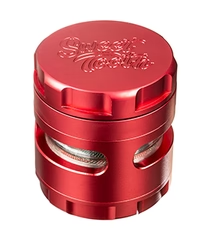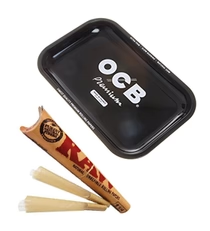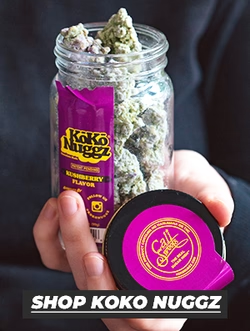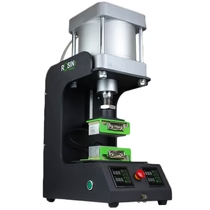How To Use A Bong
One of the most popular ways to consume dry herbs is through the use of a bong. Compared to other conventional smoking methods, bongs allow you to conserve your dry herbs while still packing a lot of punch. It may be tough to learn how to best use a bong, but we here at DankStop have you covered with everything you need to know.
Different Elements of a Bong
In order to learn how to best use a bong, you have to understand the different options that are provided and how they aid the smoking experience. Bongs vary from simplistic with few attributes to very extravagant with many qualities that increase functionality. For those looking to get as much out of their bongs as they can, however, there are many different factors and added perks to consider.
Bong Shape and Type – When it comes to bong shape, two of the most common types are beakers and straight tubes. As their names would suggest, beaker bongs resemble scientific beakers while straight tubes are linear from the base to the mouthpiece. Two different types of bongs are scientific glass bongs and heady glass bongs. Scientific glass is durable, sleek, clean, and clear while usually resembling laboratory equipment. Heady glass bongs are individually made, fully functional pieces of art that contain distinguished attributes and enchanting colored glass. No matter the shape or type that meets your preference, we can help you find the perfect bong.
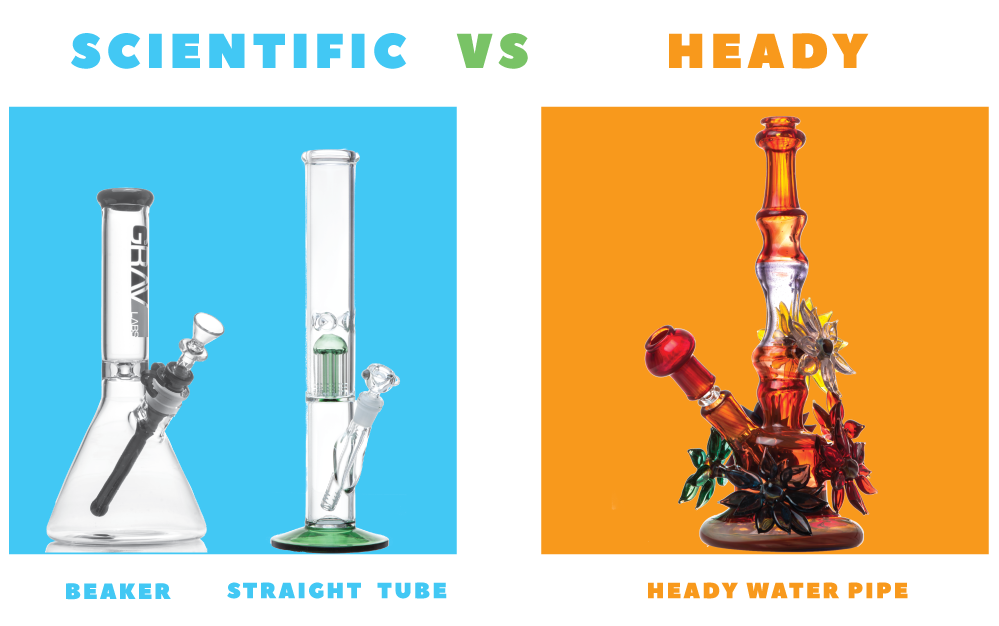
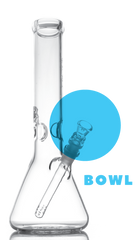
Bowl – Another important element of using a bong is the bowl. There are different sizes, along with different functions and designs. It’s also important to know the correct joint size and type for your bong. The standard sizes are 10mm, 14mm, and 18mm, while the two different types are called male and female. A male bowl inserts into the joint of a female bong, while a female bowl covers over the joint of a male bong. No matter what you’re looking for, there’s a bowl out there for you. Just be sure to purchase the correct accessory that coincides with your bong.
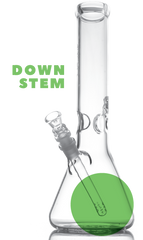
Downstem – Downstems are used in some bongs as the part that connects the bowl to the water in the bottom of the chamber. There are more bongs in recent times featuring a design that doesn’t require a downstem. These are referred to as stemless bongs, and provide multiple benefits to the smoker. Stemless bongs are considered easier to clean and smoother while providing more chug. Still, downstems can add functions such as serving as percolators to provide a smoother hit. Removable downstems are a type of downstem that are popular because the removability provides some of the same benefits as stemless bongs (such as a simple cleaning process).
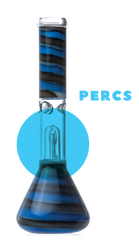
Percolators – Percolators are a prominent part of many bongs, making the smoking process more smooth and enjoyable. Percs serve to cool down the smoke before the user takes it in, allowing for an easy, soothing hit. Percolators are often referred to as percs for short, and percs come in a variety of styles and shapes. Percs generally have some combination of slits or holes that diffuse and filter your smoke, which is precisely what makes them such a valuable addition to any bong.
Other Features – There are other features to bongs as well, such as ice catchers, splashguards, and ashcatchers. Ice catchers allow for easy storage of ice in the neck of the bong, further cooling down your smoke. Splashguards are added glass pieces in your bong that prevent water from leaving it and entering your mouth. Ashcatchers are a great accessory to add to your bong, as they catch debris and ash before it enters your smoking pipe. This means the water needs to be changed less often and you don’t have to clean your bong as frequently. These extra features all serve the same function; providing a more pleasurable smoking experience for the user.
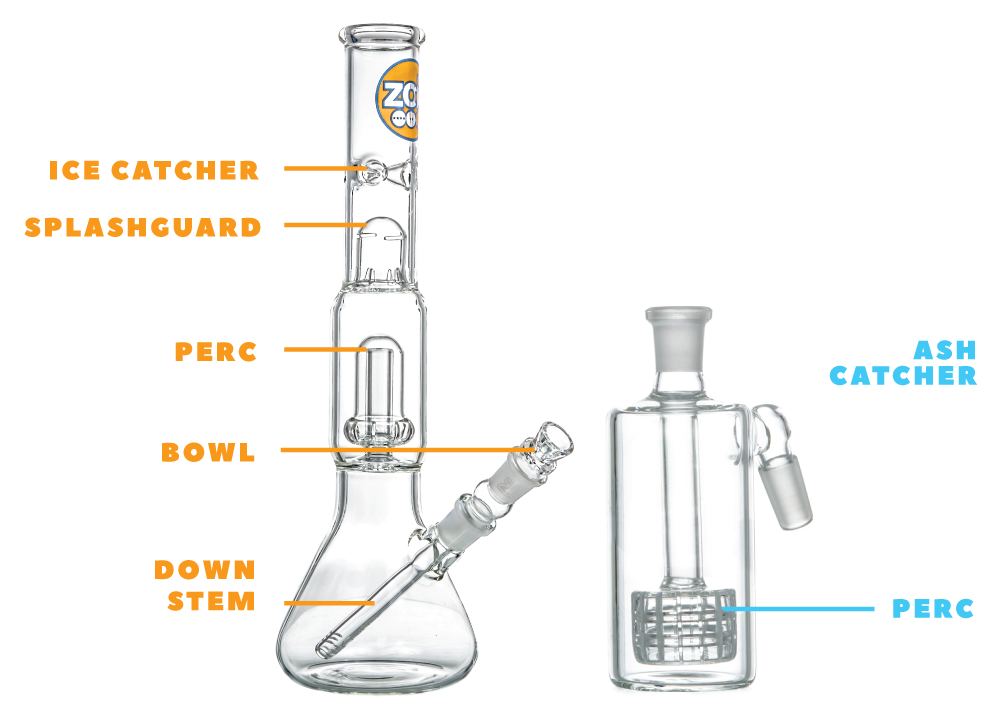
Using Your Bong
 So now that you have your ideal bong setup, it’s time to actually use it. The first step is to add water into the bong; it needs to be enough for the bottom of your downstem (if your bong uses one) to rest in the water once placed. If you put too much water, you risk the water traveling up the neck and into your mouth when you take in your smoke. Once you have the right amount of water (roughly an inch), you can slide your downstem into the opening on the base of the bong. If your bong is stemless, then simply add water until it is just above the perc. If you want to make sure you have enough water, you can pull from your bong before adding materials to ensure it’s bubbling.
So now that you have your ideal bong setup, it’s time to actually use it. The first step is to add water into the bong; it needs to be enough for the bottom of your downstem (if your bong uses one) to rest in the water once placed. If you put too much water, you risk the water traveling up the neck and into your mouth when you take in your smoke. Once you have the right amount of water (roughly an inch), you can slide your downstem into the opening on the base of the bong. If your bong is stemless, then simply add water until it is just above the perc. If you want to make sure you have enough water, you can pull from your bong before adding materials to ensure it’s bubbling.
 From there, it’s time to insert your dry herbs into your bowl. To prevent clogging, it’s recommended that you use a grinder to obtain smaller pieces of your blend of dry herbs. It’s also recommended that, for someone new to bongs, not to use too many dry herbs so as not to overwhelm the user. Once your bowl is packed firmly, but loose enough to allow airflow, it’s time to insert the bowl into the joint.
From there, it’s time to insert your dry herbs into your bowl. To prevent clogging, it’s recommended that you use a grinder to obtain smaller pieces of your blend of dry herbs. It’s also recommended that, for someone new to bongs, not to use too many dry herbs so as not to overwhelm the user. Once your bowl is packed firmly, but loose enough to allow airflow, it’s time to insert the bowl into the joint.
 Once that’s all done, your bong is ready to be smoked. Hold a flame from a lighter or hemp wick up to your blends as you pull from the mouthpiece and watch it fill up with smoke. Once the bong is sufficiently smoky, take out the bowl in order to inhale the smoke. As you use your bong, be mindful of the bowl and how much of your dry herbs are left. Once the bowl is empty or completely ashed, it’s time to re-pack.
Once that’s all done, your bong is ready to be smoked. Hold a flame from a lighter or hemp wick up to your blends as you pull from the mouthpiece and watch it fill up with smoke. Once the bong is sufficiently smoky, take out the bowl in order to inhale the smoke. As you use your bong, be mindful of the bowl and how much of your dry herbs are left. Once the bowl is empty or completely ashed, it’s time to re-pack.
Bongs are one of the most popular forms of smoking for a reason. Coming in all kinds of shapes, sizes, and designs, bongs allow the user to conserve their blends while getting everything out of them. Bongs need to be cleaned regularly, as do their bowls and downstems, but it’s a worthwhile process to keep your piece working good as new for as long as possible. Once you’ve decided which setup is right for you, you can head over to our bong section for a large collection of pipes.

